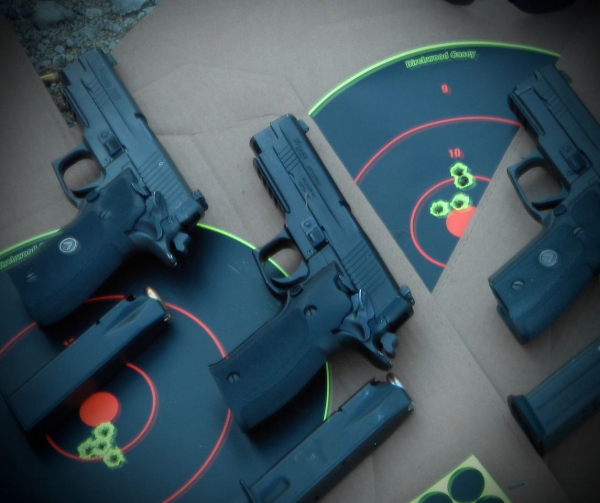
Most people today are looking for instant, immediate gratification. I blame it on the digital age. Press or click, and you’re rewarded with prompt results. Looking for a specific weapon equipped in a certain? Chances are you can buy almost exactly what you need, with little if any modifications required. Need something “exotic?” Usually it’s only a matter of how much you want to spend. The one thing you can’t buy, or rush, is the acquisition of skill. Becoming adept at anything requires you to “crawl, walk and someday – with enough proper practice – you might be able to run.”
Almost everything you have to do with firearms to employ them safely and efficiently goes against our natural instincts. In the beginning it’s mandatory you learn safety first. After that you can start working on the fundamentals – manipulations and marksmanship. “Manipulations” covers operation of the weapon. Before the shooting ever starts one has to learn how to load and unload, including the techniques used to check the status of the firearm. Is it loaded or unloaded? Manipulations also include reloading an empty weapon, and the techniques to clear a stoppage or malfunction. There’s much more to manipulating the weapon safely and efficiently that most people realize. It takes plenty of repetition – “time” to learn these skills.
“Marksmanship” is the ability to shoot accurately. Developing these fundamentals – aim, hold, press and follow-through – requires lots of practice, again, “time.” There are several ways to practice marksmanship, with dry practice being the best. After learning how to shoot accurately you begin to experiment with “speed.” For close, large targets you discover how fast you can fire and still maintain the accuracy required. With smaller targets, or those farther away you learn how slow you need to fire in order to get the hits. “Marksmanship” means when you press the trigger it results in a good hit.
“But,” they ask, “when do we get to the defensive drills?” Until one has learned how to manipulate the weapon and fire it accurately, there’s no reason to even think about progressing into any defensive work. You have to “crawl” first.
Eventually you start to “walk.” You’re getting into the fundamentals of the threat response – move, communicate, the use of cover, shooting accurately if needed and thinking. If you think it took lots of time to learn how to manipulate the weapon and shoot it accurately, learning how to apply these fundamentals listed above is going to seem like a long time. And, just like manipulations and marksmanship, the techniques used to move, communicate and use cover are contrary to what your “instincts” will tell you. There’s plenty of time spent “walking.”
The key to learning is repetition. And, we’re talking about proper repetition. First you crawl – an introduction to the fundamentals. Next, you’re “walking” through plenty of proper repetitions – drills - performing them over and over. Eventually these skills are blended into one seamless package. After putting in plenty of time, way down the road, you start “running.” And maybe someday, with who knows how much practice, maybe you’ll be able to “fly.”
Tiger McKee is director of Shootrite Firearms Academy. He is the author of The Book of Two Guns, AR-15 Skills and Drills, has a regular column in American Handgunner and makes some cool knives and custom revolvers. Visit Shootrite’s Facebook page for other details.